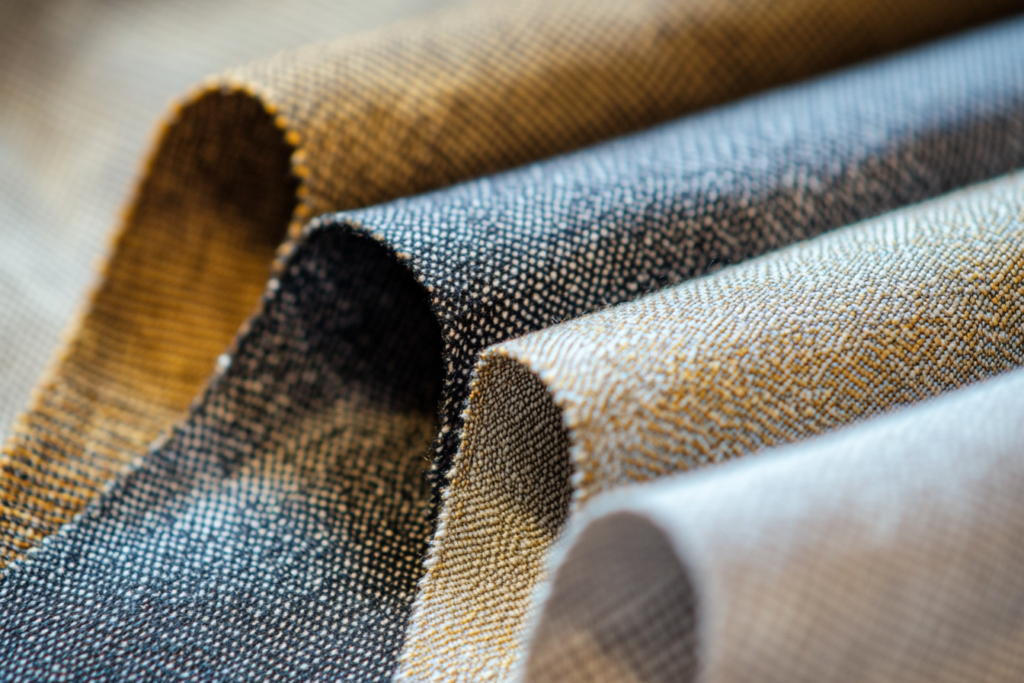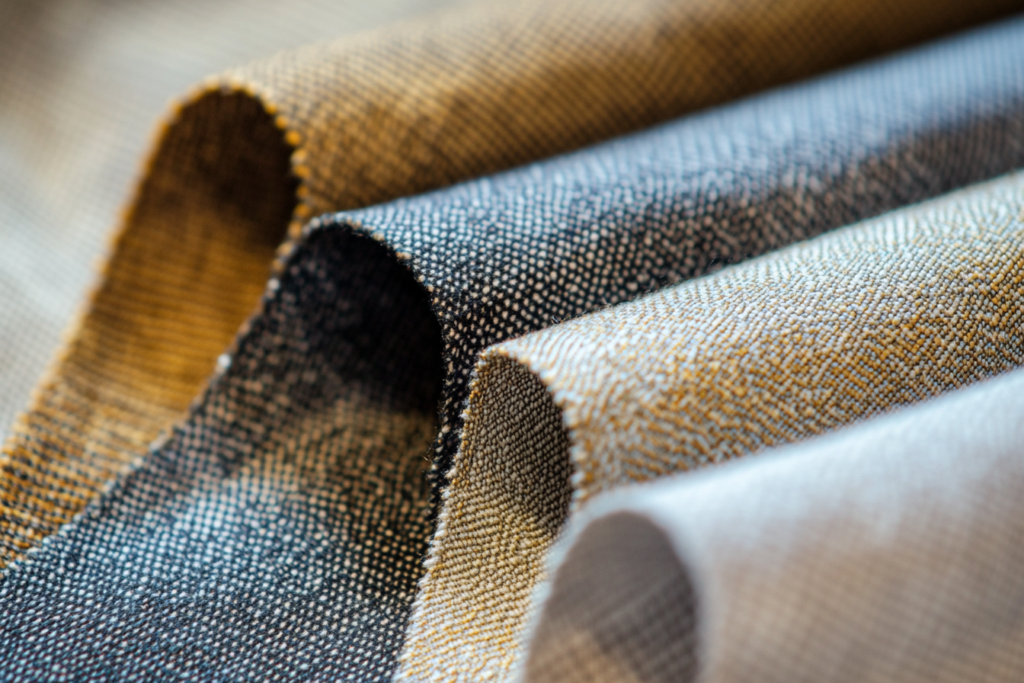Interfacing: The Essential Support Material in Garment Construction
Meta Description: Interfacing is a supporting material placed between fabric layers to add structure and durability. Commonly used in collars, cuffs, belts, and tailored garments.
What is Interfacing?
Interfacing is a reinforcing fabric used between the outer fabric and the lining of a garment to add structure, strength, and stability. It prevents fabric from stretching, sagging, or losing shape and is essential in collars, cuffs, waistbands, and tailored clothing.
Interfacing is available in different weights, stiffness levels, and application methods, depending on the garment’s design and fabric type.


Key Functions of Interfacing in Fashion
✔ Adds Structure & Stability – Prevents fabrics from losing shape over time.
✔ Reinforces Garment Areas – Strengthens collars, cuffs, button plackets, and belts.
✔ Enhances Professional Finishing – Gives garments a neat, polished look.
✔ Improves Durability – Helps high-use areas resist wear and tear.
✔ Supports Embroidery & Appliqué – Stabilizes fabric for decorative stitching and embellishments.
Types of Interfacing
Interfacing comes in various forms, each serving a specific purpose in garment construction.
1. Fusible Interfacing (Iron-On)
- Adhesive backing allows it to be ironed onto fabric.
- Easy to apply and widely used in ready-to-wear garments.
- Best for lightweight to medium-weight fabrics.
2. Sew-In Interfacing
- Attached by stitching rather than adhesive.
- Offers a more natural drape and is ideal for delicate fabrics.
- Used in couture and tailored garments.
3. Woven vs. Non-Woven Interfacing
- Woven Interfacing – Has a fabric-like texture and provides a natural feel.
- Non-Woven Interfacing – Made of compressed fibers and does not fray, suitable for general reinforcement.
4. Knit Interfacing
- Stretchable, designed for knit and stretch fabrics.
- Prevents distortion while maintaining fabric flexibility.
5. Hair Canvas Interfacing
- A stiff, woven material used in structured jackets, suits, and coats.
- Common in high-end tailoring and couture fashion.
Where is Interfacing Used in Garments?
📌 Collars & Cuffs – Adds crispness and durability.
📌 Button Plackets & Waistbands – Provides reinforcement for buttons and closures.
📌 Belts & Structured Accessories – Gives firmness to belts and fabric straps.
📌 Blazers & Coats – Maintains the shape of tailored pieces.
📌 Hems & Facings – Helps create clean, professional finishes.
How to Apply Interfacing
- Choose the Right Type – Match the interfacing weight and stiffness to the fabric.
- Cut to Size – The interfacing should be slightly smaller than the fabric piece to avoid bulky seams.
- Attach the Interfacing:
- Fusible Interfacing – Use an iron with heat and steam to bond it to the fabric.
- Sew-In Interfacing – Stitch it into place by hand or machine.
- Press & Shape – Iron the fabric after applying interfacing to smooth out wrinkles.
Interfacing vs. Lining: What’s the Difference?
| Feature | Interfacing | Lining |
|---|---|---|
| Purpose | Adds structure and reinforcement | Covers the inner construction for comfort |
| Placement | Hidden between fabric layers | Visible inside the garment |
| Common Uses | Collars, cuffs, waistbands, button plackets | Dresses, suits, coats, skirts |
While interfacing adds structure, lining improves comfort and wearability.
Why is Interfacing Important in Fashion?
✔ Provides Shape & Support – Keeps garments structured.
✔ Enhances Durability – Prevents stretching and distortion.
✔ Essential for Professional Finishing – Gives garments a high-quality, polished look.
✔ Improves Functionality – Strengthens areas that experience frequent movement and pressure.
Conclusion: The Role of Interfacing in Garment Construction
Interfacing is a hidden yet crucial element in fashion design, ensuring garments retain their structure, durability, and refined appearance. Whether reinforcing collars, cuffs, or tailored jackets, interfacing plays a vital role in maintaining the integrity and shape of a garment.
From casual wear to haute couture, interfacing remains an indispensable tool for designers and tailors, making clothing stronger, more elegant, and professionally crafted.



